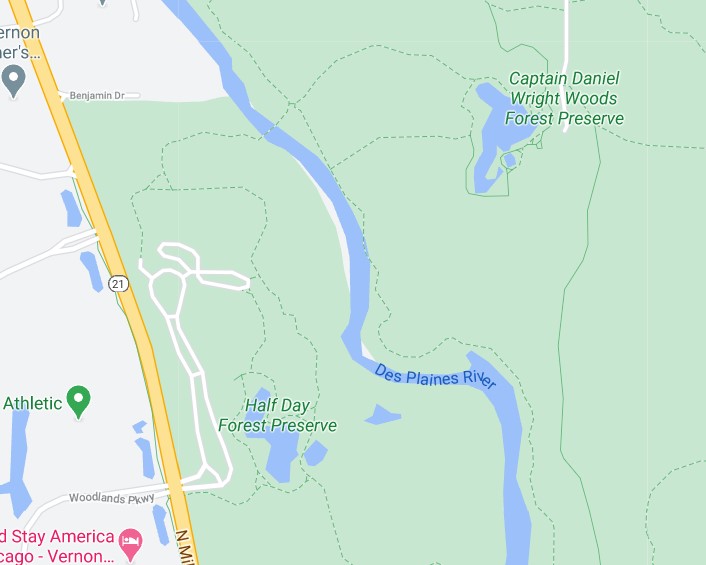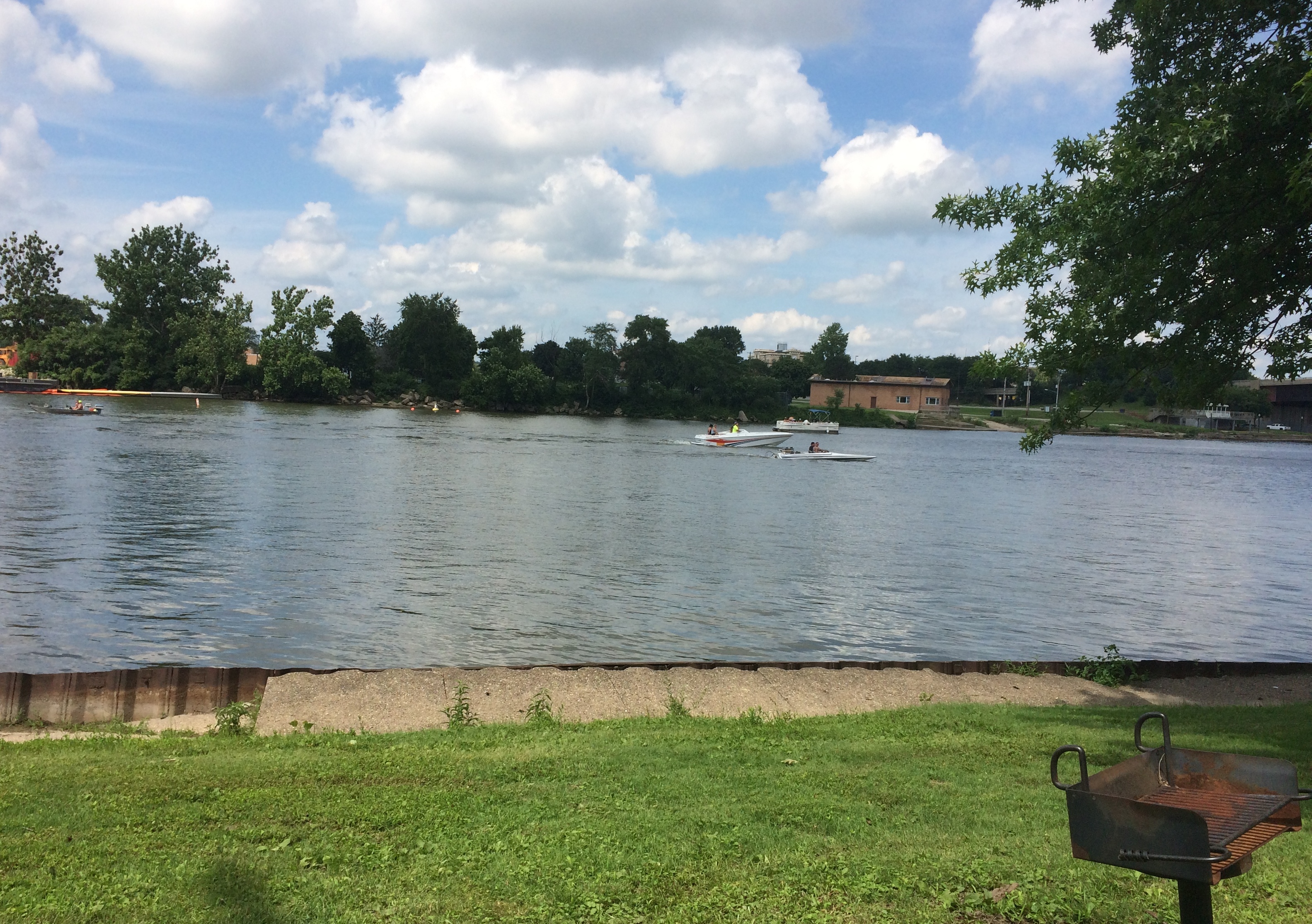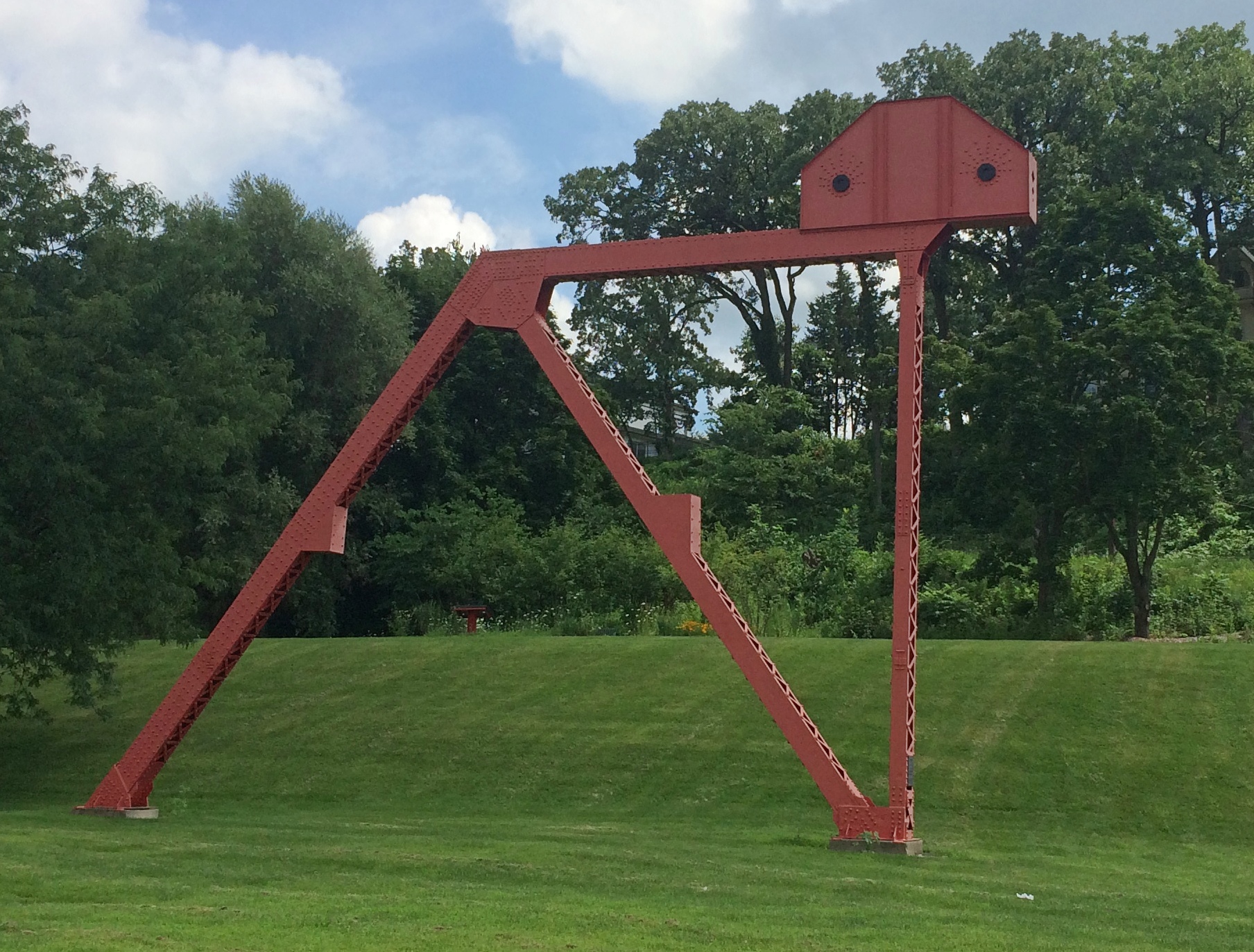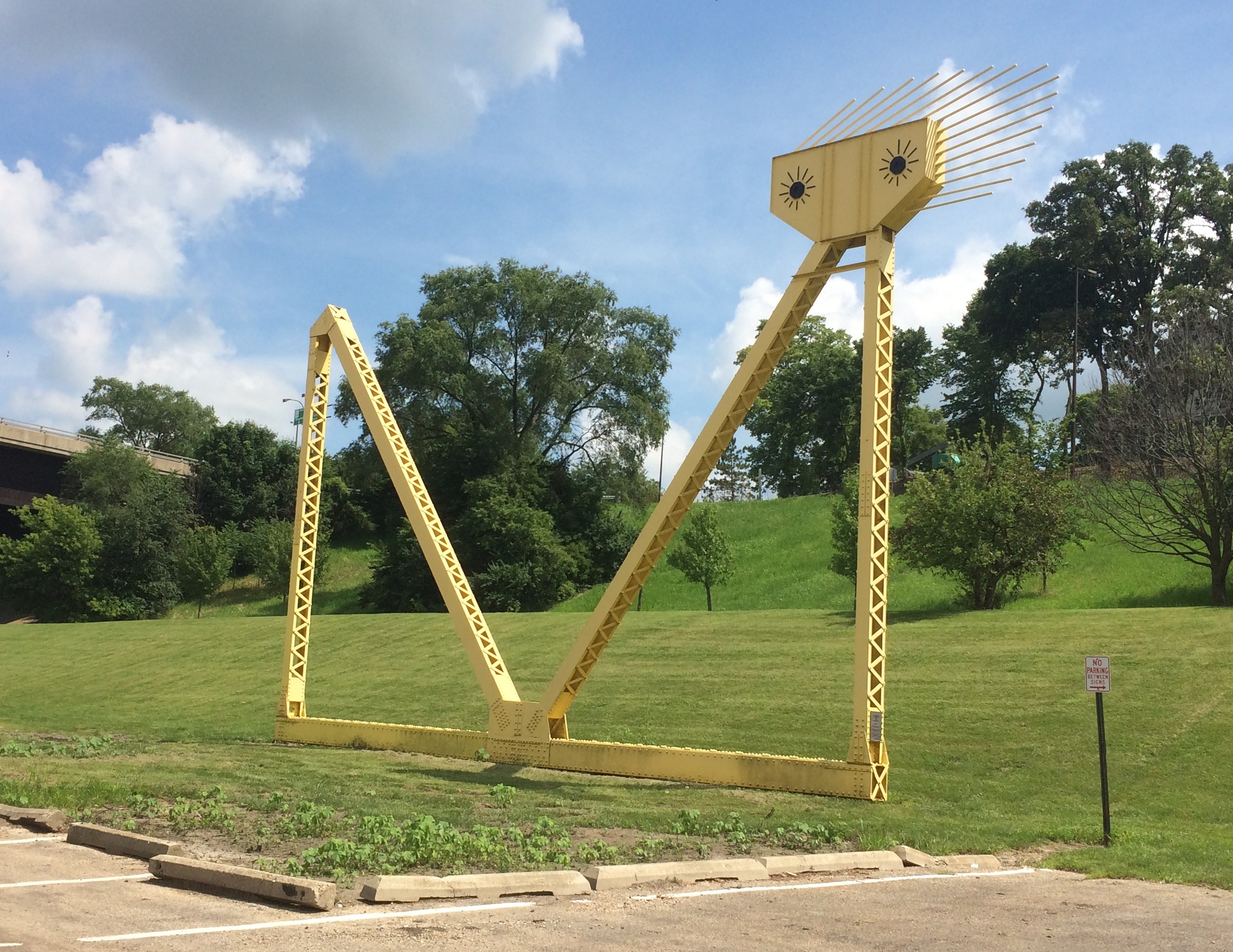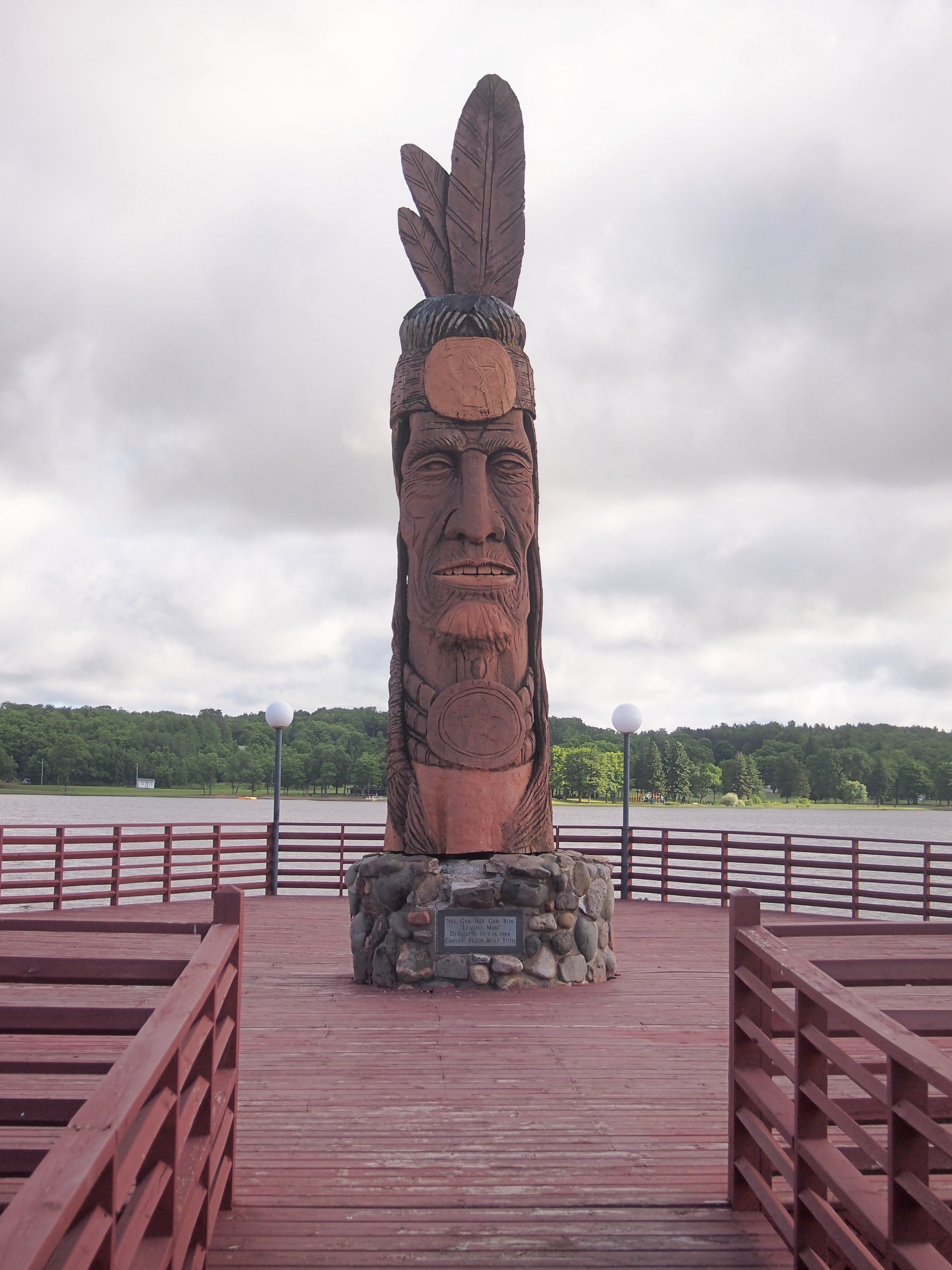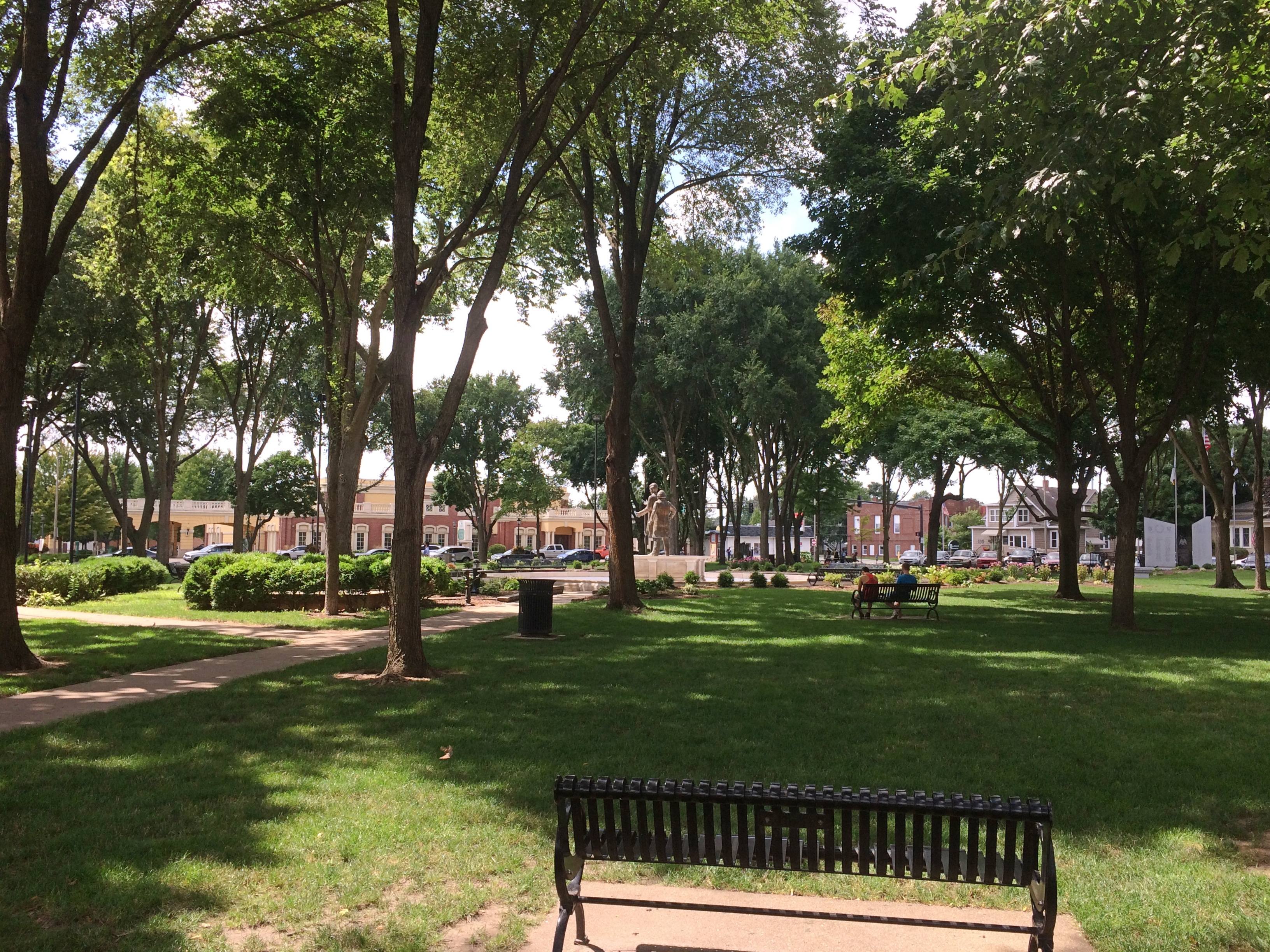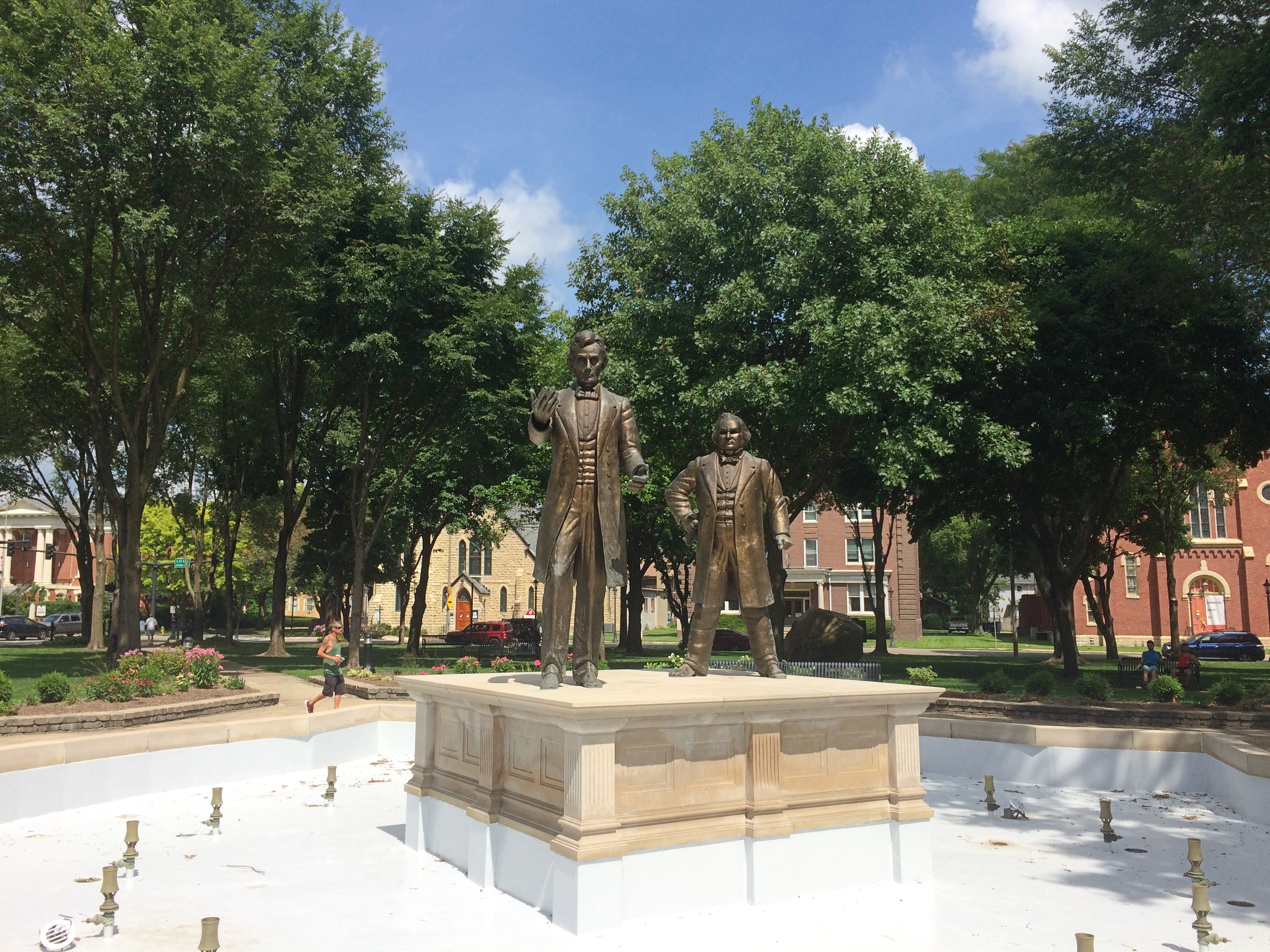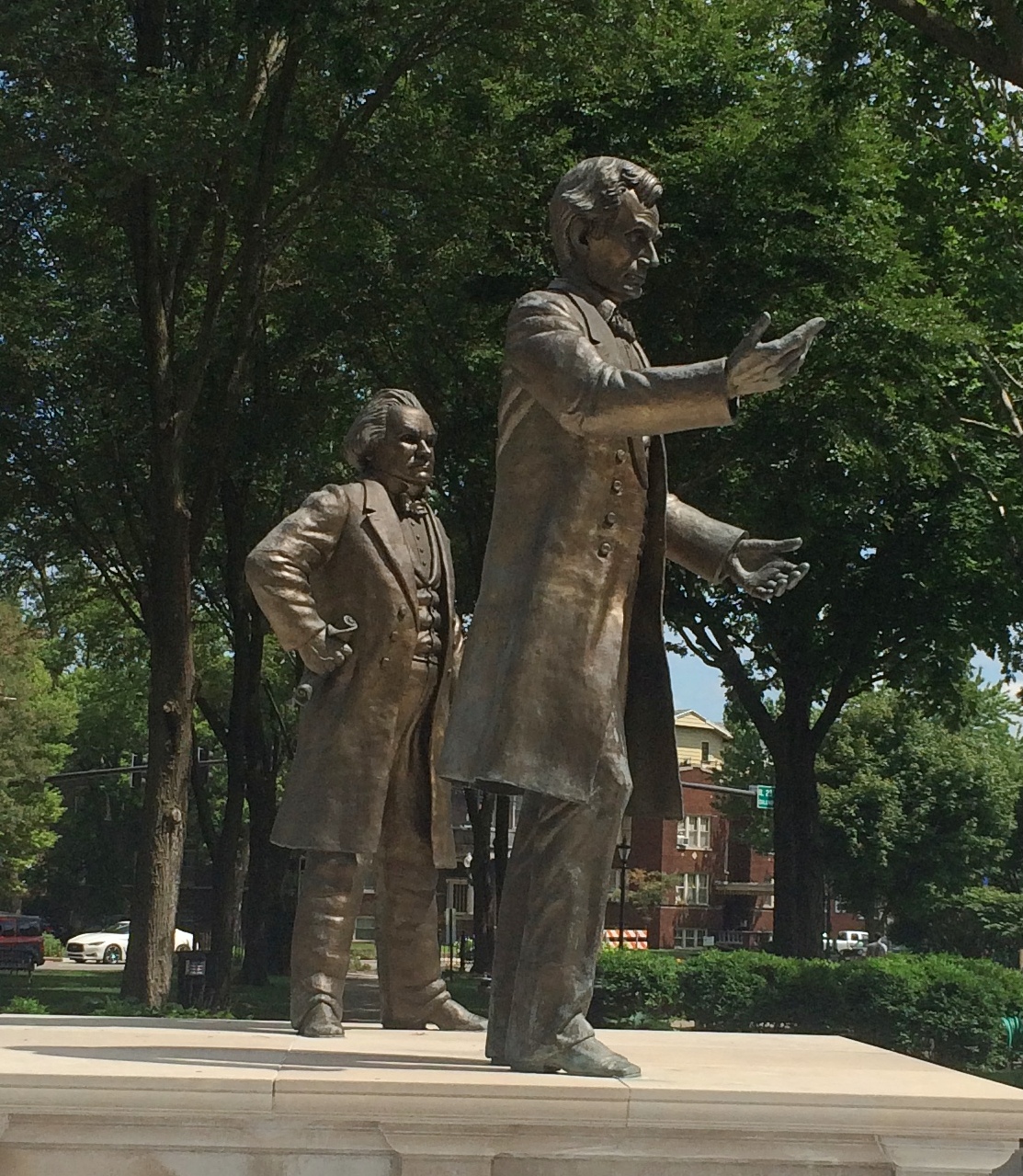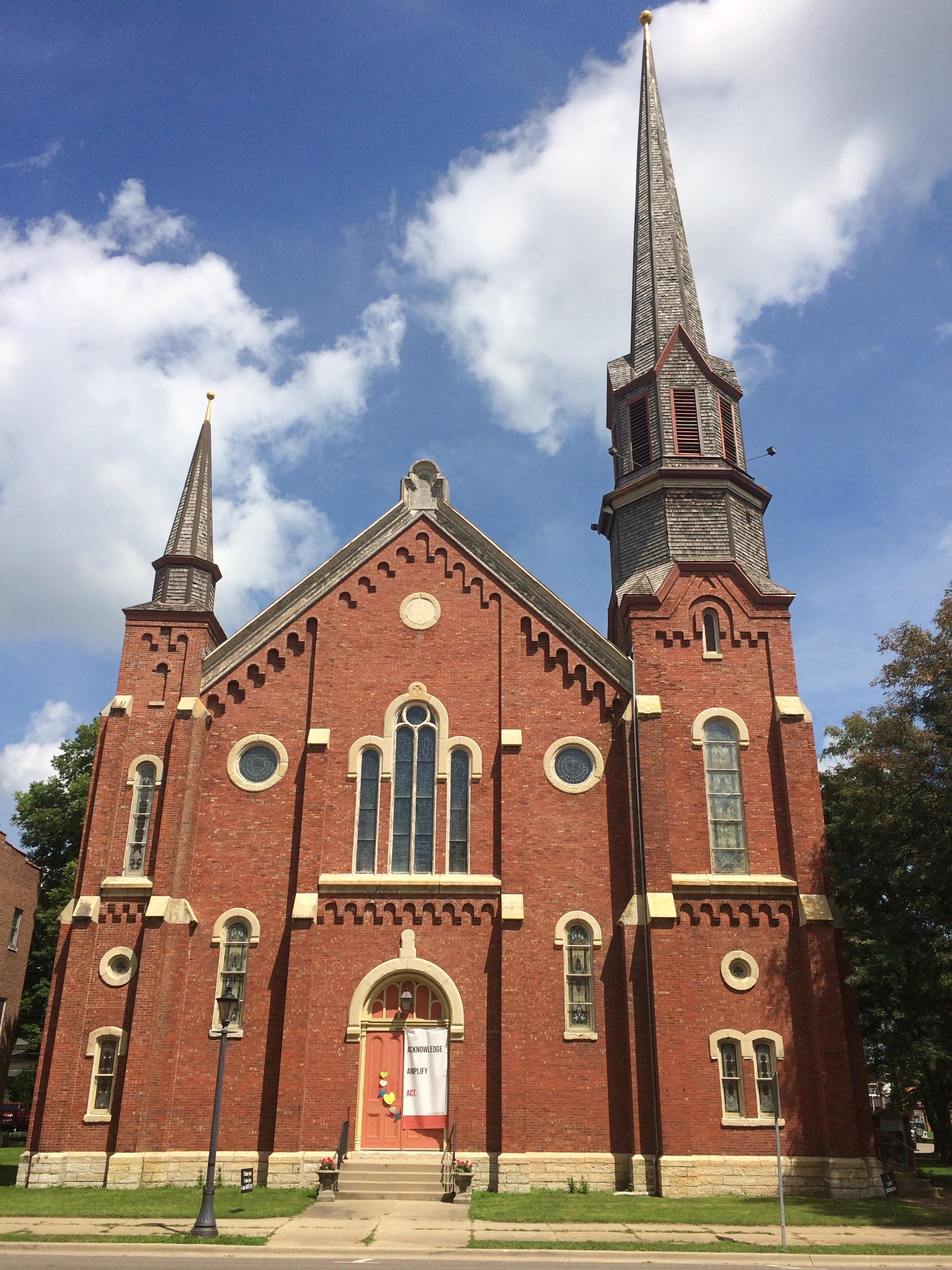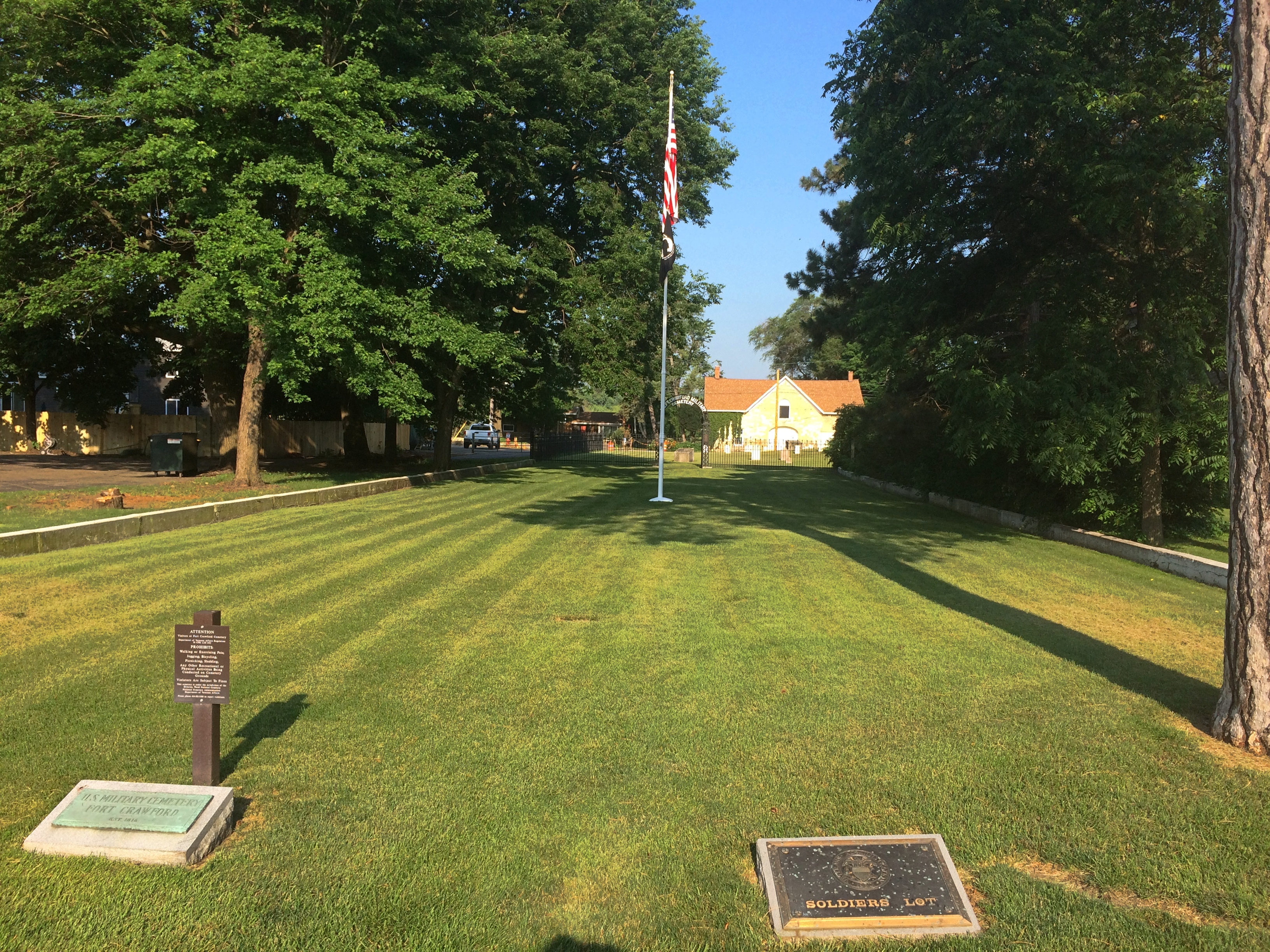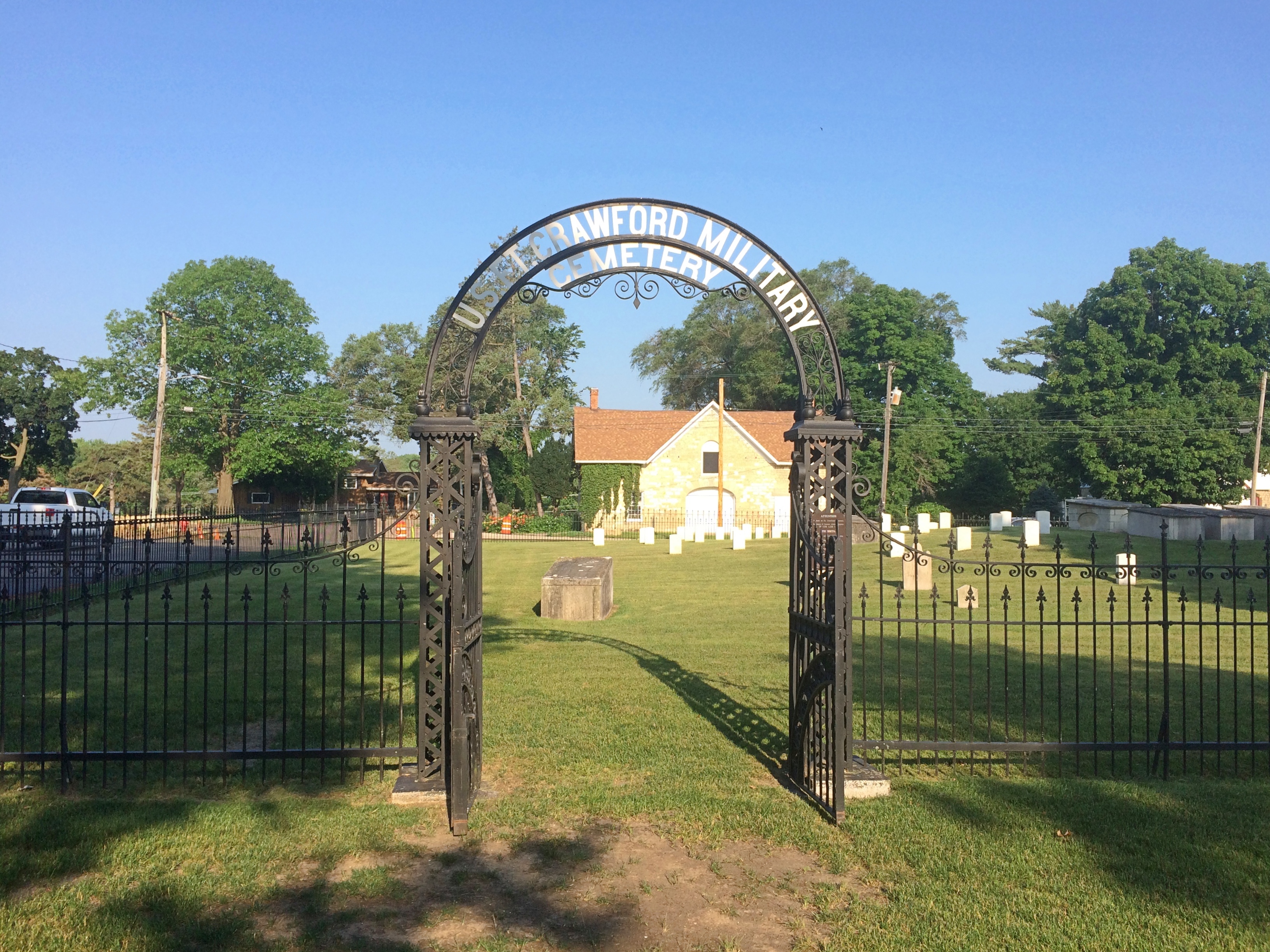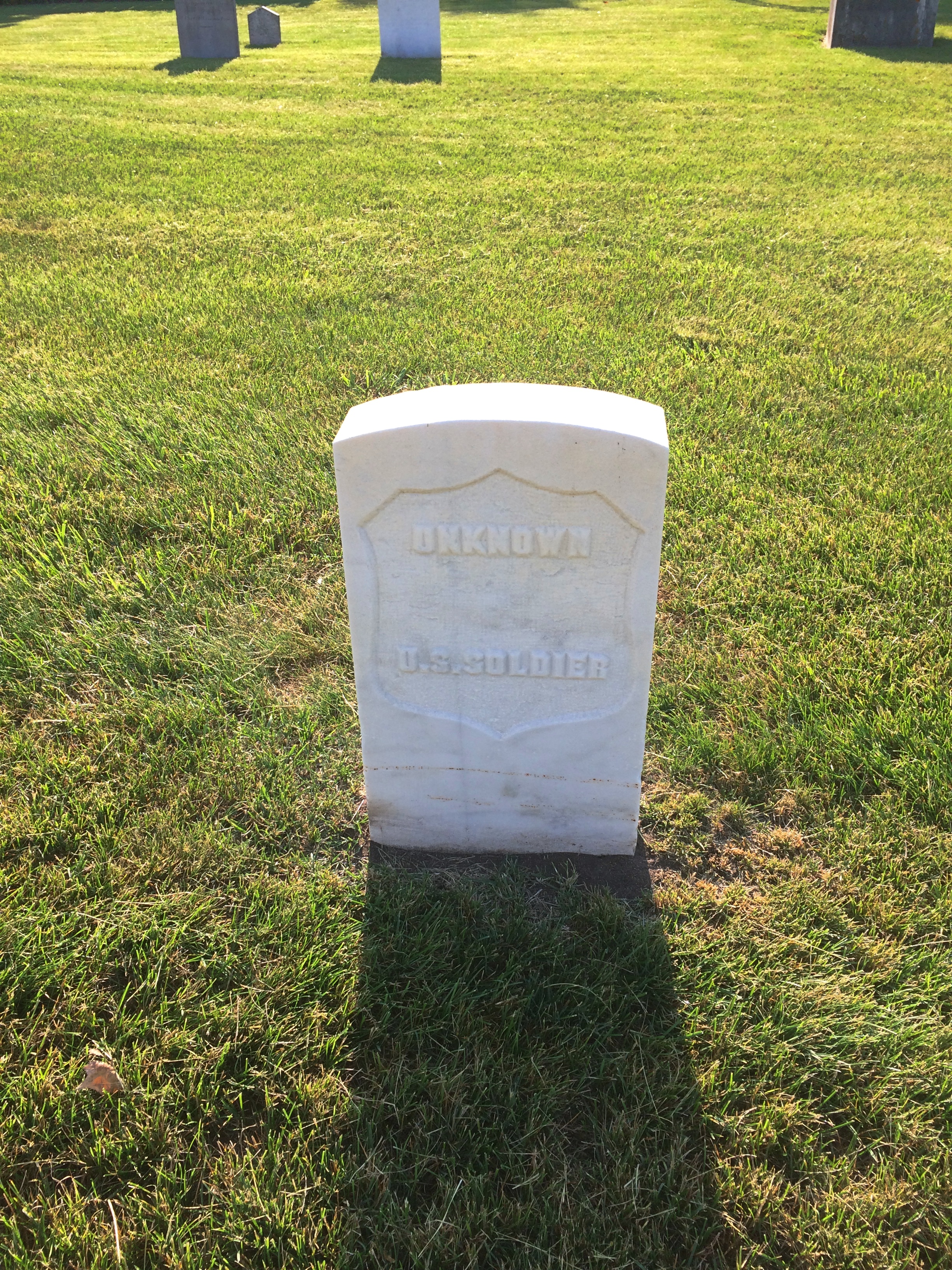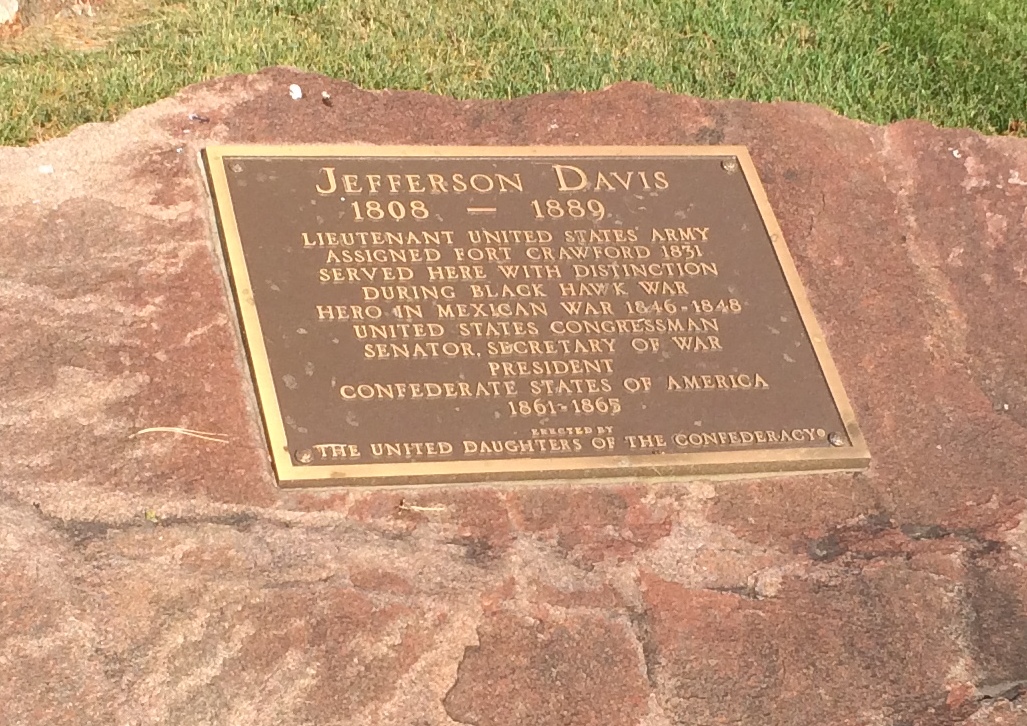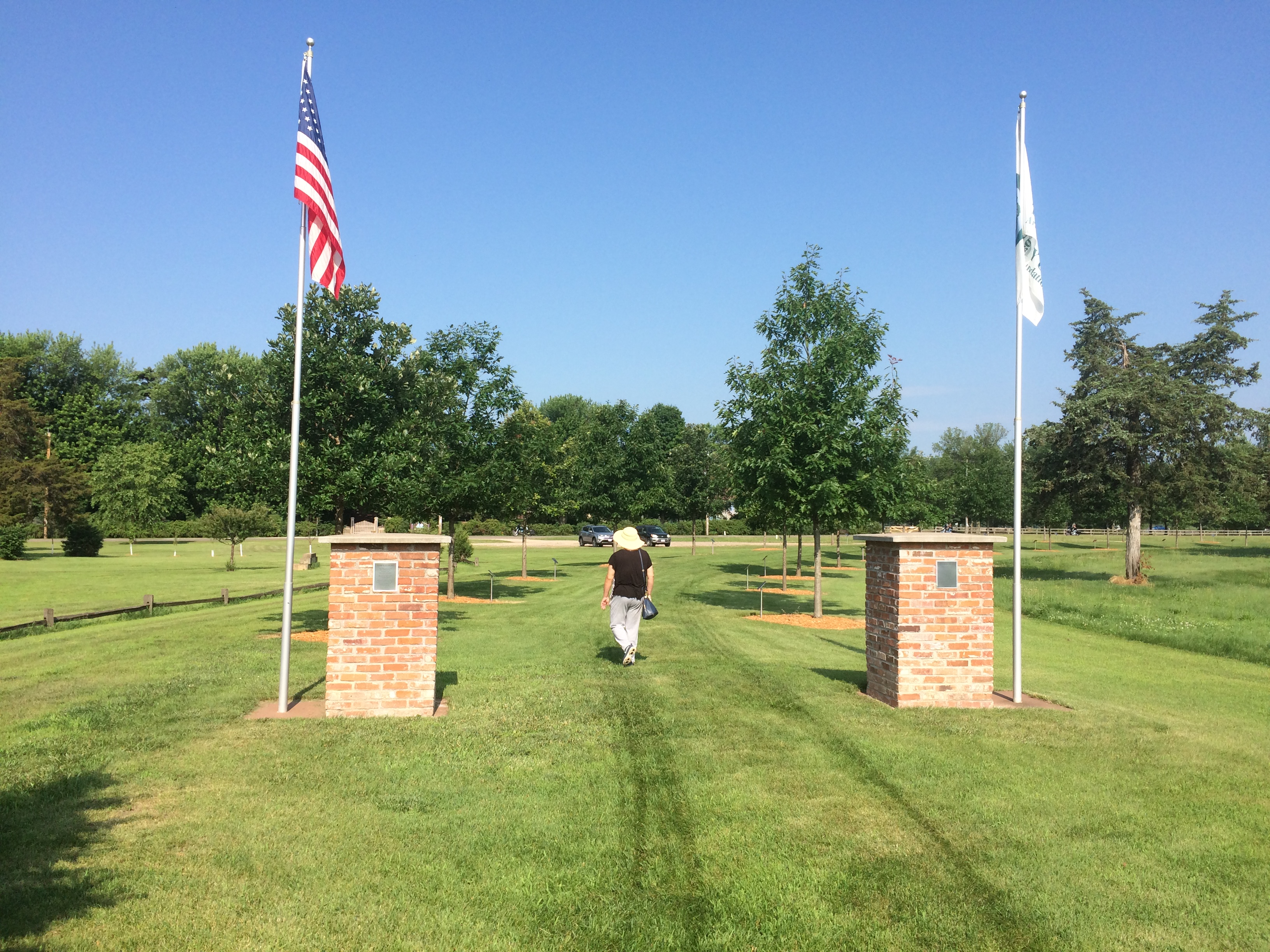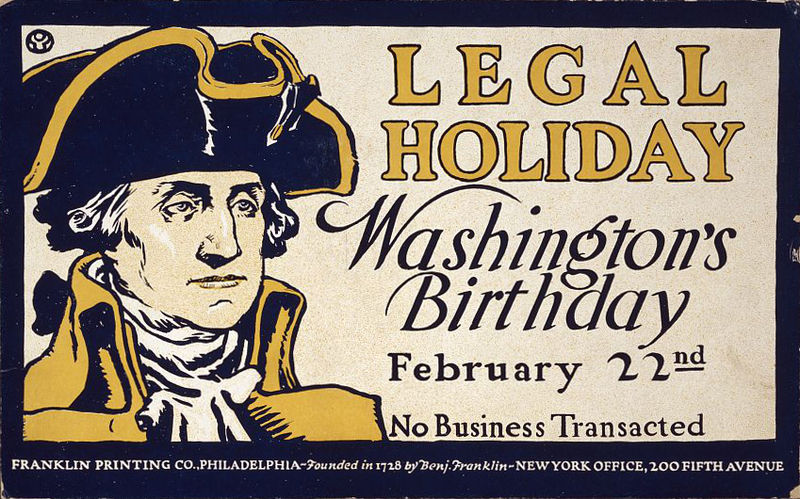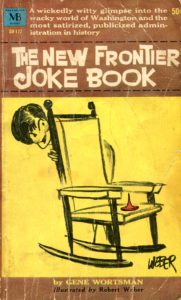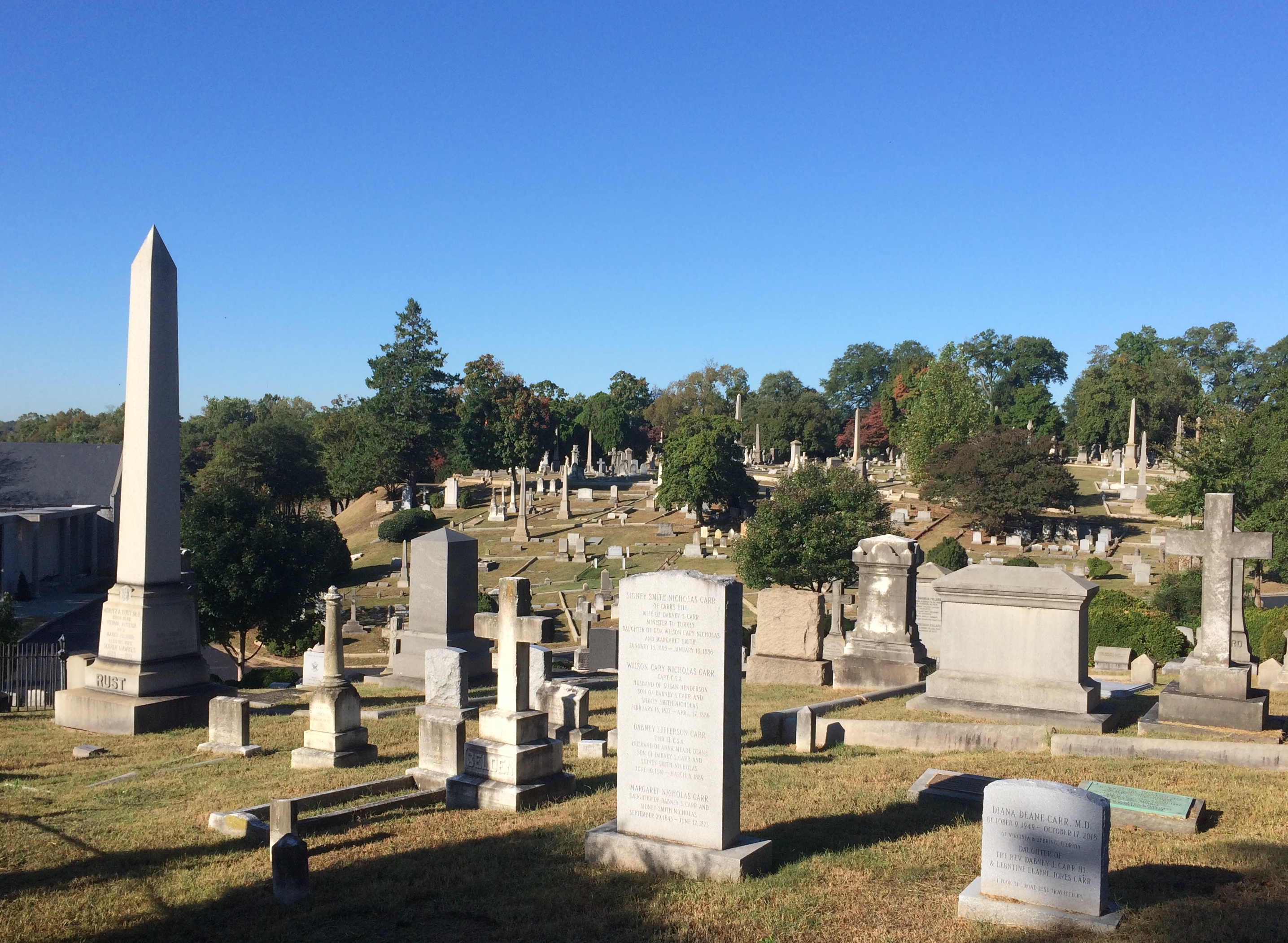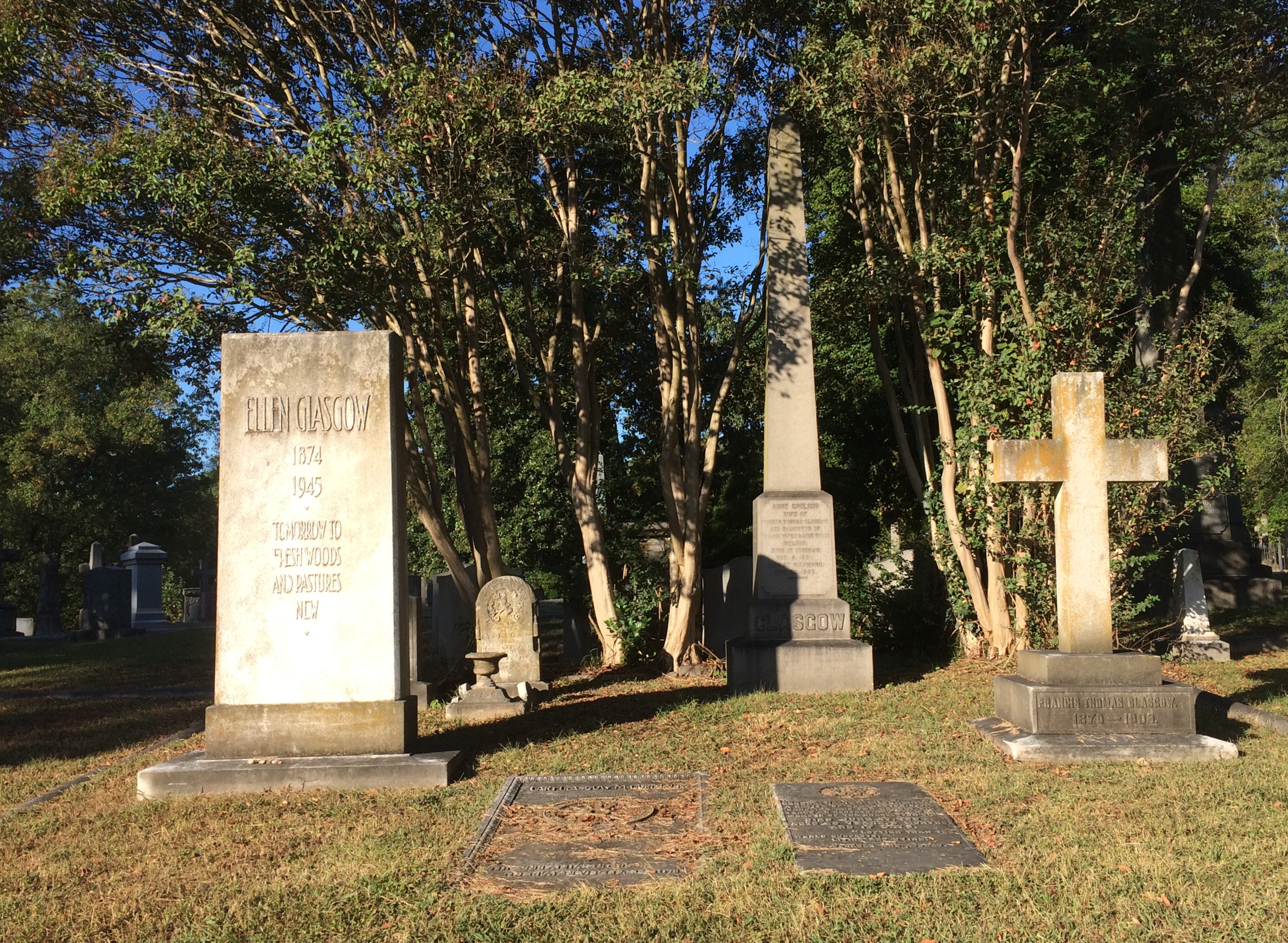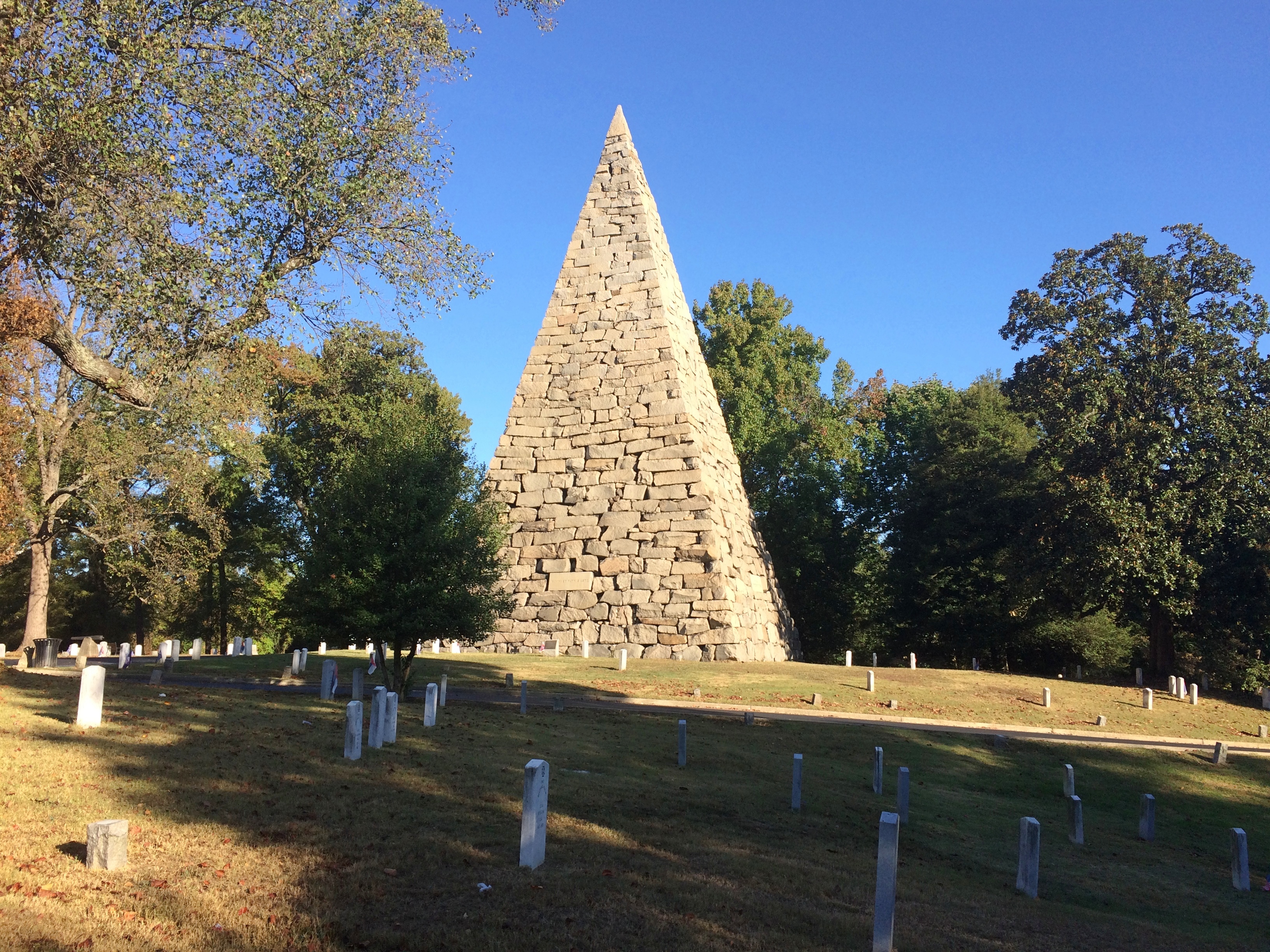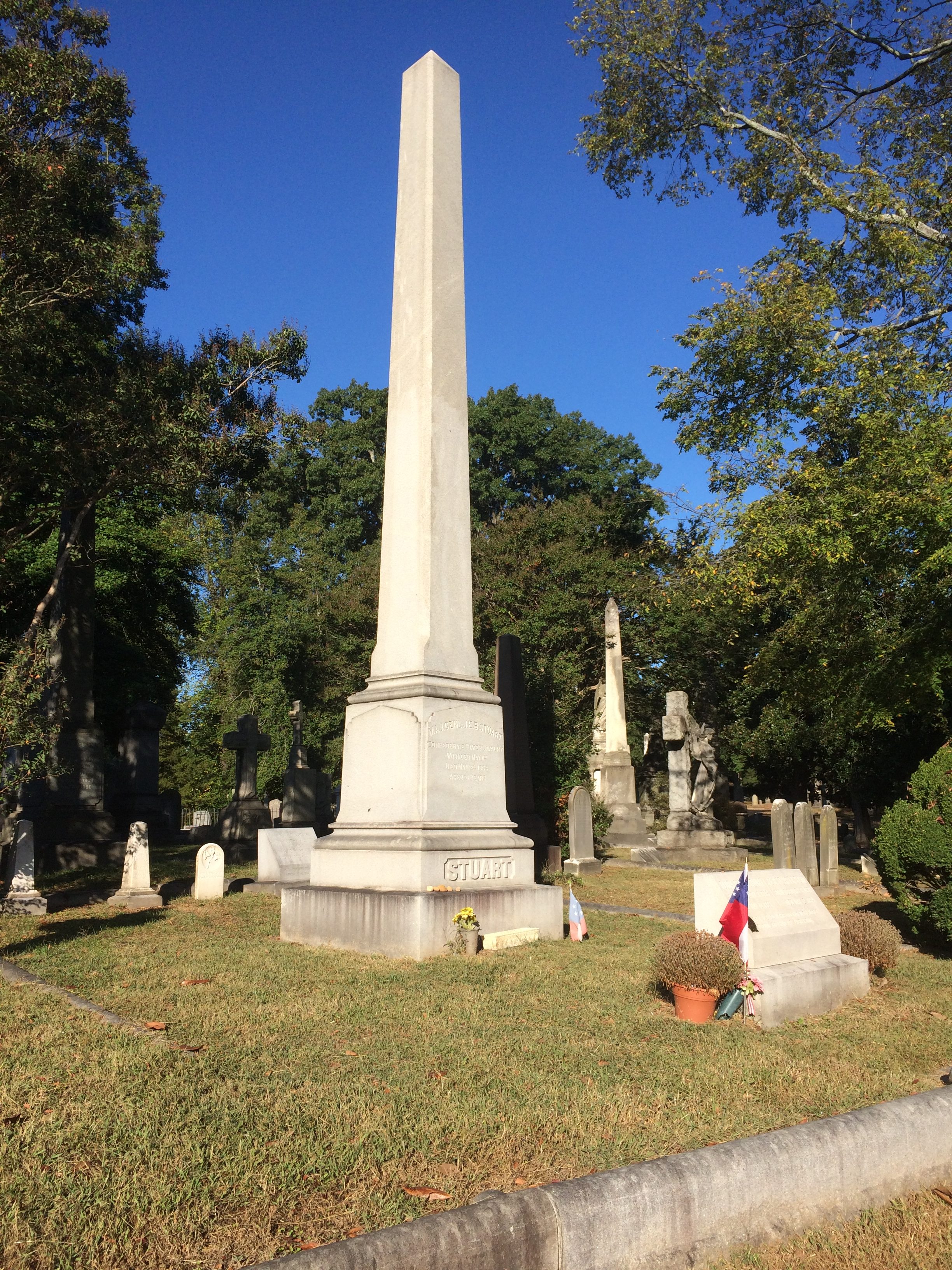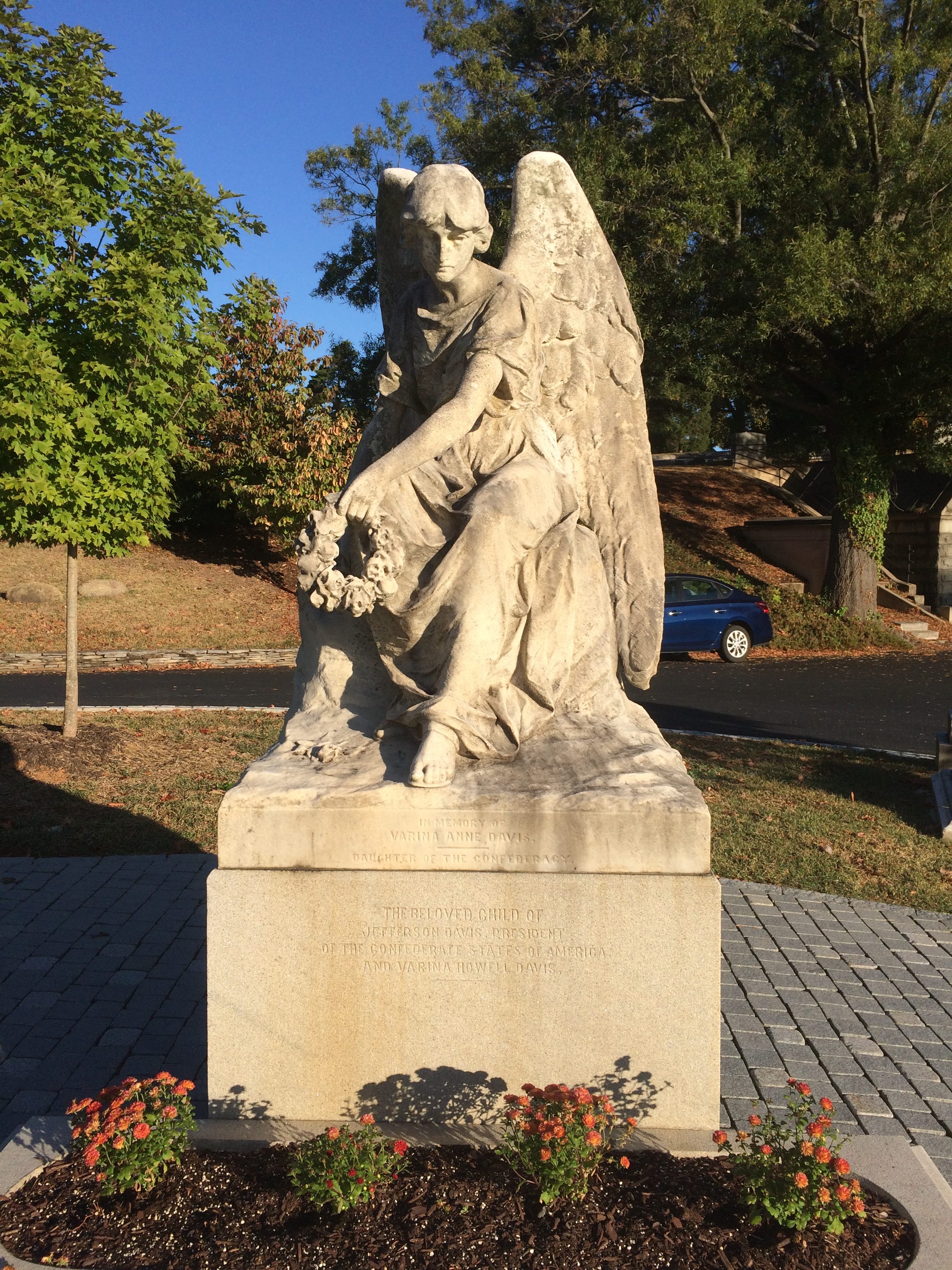Here I am again, I thought as I stood on the west lawn of Monticello, a place of such enormous resonance, in the early afternoon of October 13, 2019. The nickel view.
 Yet I had a hard time remembering much about my first visit, which was on September 4, 1988. Maybe that’s because 31 years is a long time. Or because the view of Monticello from the west lawn, which I’ve known as long as I’ve known Jefferson nickels — all my life, for all practical purposes — is as close as anything gets to changeless.
Yet I had a hard time remembering much about my first visit, which was on September 4, 1988. Maybe that’s because 31 years is a long time. Or because the view of Monticello from the west lawn, which I’ve known as long as I’ve known Jefferson nickels — all my life, for all practical purposes — is as close as anything gets to changeless.
I do know that the first time I saw the building in person, I realized that the nickel has a uninspired representation of Monticello. Flat. In person, you see that it’s a place to gaze at from more than one angle.
 I’m holding a nickel in this picture, by the way.
I’m holding a nickel in this picture, by the way.

 A look at the eastern elevation. I’m glad to say that the house sports lightning rods, unlike a hilltop structure in Wisconsin that’s going to burn down after a strike someday.
A look at the eastern elevation. I’m glad to say that the house sports lightning rods, unlike a hilltop structure in Wisconsin that’s going to burn down after a strike someday.
 The east entrance is where the interior tours start. Actually, no. You’re not getting in the building without starting at the David M. Rubenstein Visitor Center, which is down the hill from Jefferson’s home. That’s something different from 1988. The 42,000-square-foot visitors center has only been there for about 10 years.
The east entrance is where the interior tours start. Actually, no. You’re not getting in the building without starting at the David M. Rubenstein Visitor Center, which is down the hill from Jefferson’s home. That’s something different from 1988. The 42,000-square-foot visitors center has only been there for about 10 years.
Exactly where we bought tickets back then, I don’t remember, but I suspect it was simpler facility — not like the five pavilion-complex of the Rubenstein. Also, there were no timed tickets the first time around. I even think our tour was self-guided. Nor did I experience the warren of interconnected parking lots next to the visitors center, which was largely full. There must have been parking in 1988, and it too must have been simpler, but who remembers things like that?
 Also: this interesting chronology tells me that I paid $7 in 1988 for my ticket. That’s just over $15 in current dollars. Note the 2019 ticket price: $26.95. Guess that extra $12 is going to pay for ever-fancier guest infrastructure.
Also: this interesting chronology tells me that I paid $7 in 1988 for my ticket. That’s just over $15 in current dollars. Note the 2019 ticket price: $26.95. Guess that extra $12 is going to pay for ever-fancier guest infrastructure.
In 1925, not long after the house was opened to paying visitors, admission was 50 cents — the equivalent of $3.88 in 1988 and $7.34 now, so I suppose ticket inflation has been an ongoing thing at Monticello.
I originally bought tickets online for the 10:45 am tour, but jammed traffic on I-64 just outside Charlottesville put us at the visitor center at 10:50. The helpful clerk didn’t bat an eye at that, and put us on a 12:30 pm tour (meeting at 12:25).
What that meant was that we had time to walk up the high hill to Monticello, as opposed to taking a shuttle bus, and stop roughly halfway up to see the Jefferson family graveyard, so it worked out for the best. Climbing gives you a sense of just how high the hill is. Besides, it’s a lovely path.
 The burial ground is behind an ornate iron fence.
The burial ground is behind an ornate iron fence.

 There are a lot of Randolphs. Jefferson’s daughter Martha married a Randolph, and they were the fecund parents of 13 children, 11 of whom survived childhood.
There are a lot of Randolphs. Jefferson’s daughter Martha married a Randolph, and they were the fecund parents of 13 children, 11 of whom survived childhood.
 President Jefferson himself.
President Jefferson himself.
 The path from the burial ground to Monticello proper takes you past the re-created garden, planted on a long terrace dug out of the side of the hill. In October, most of the vegetables have been harvested already, but some still linger.
The path from the burial ground to Monticello proper takes you past the re-created garden, planted on a long terrace dug out of the side of the hill. In October, most of the vegetables have been harvested already, but some still linger.

 The house tour, lead by a lively gray-haired gentleman who was probably a retired teacher, took us through the first floor, beginning with the entrance hall and its displays of Indian artifacts and animal horns and paintings and maps and such. Museums as such didn’t much exist in early Republic Virginia, so Jefferson created one for himself.
The house tour, lead by a lively gray-haired gentleman who was probably a retired teacher, took us through the first floor, beginning with the entrance hall and its displays of Indian artifacts and animal horns and paintings and maps and such. Museums as such didn’t much exist in early Republic Virginia, so Jefferson created one for himself.
Then I remembered the Great Clock, hanging over the main entrance, from last time. A favorite of mine.
Other rooms feature books, furniture, paintings — including a Gilbert Stuart portrait of Jefferson probably painted when he was president — more books, oddly placed beds, scientific instruments, papers, clocks, busts, yet more books, and the dumbwaiter that he had installed to fetch wine from the cellar below, something else I remembered from 30 years ago. It’s an admirable clutter.
After Jefferson sold much of his library to the U.S. government to form the nucleus of the revived Library of Congress after the British burned the original one in 1814, he started accumulating books again. The only reasonable thing to do, and hang the cost. Libraries as such didn’t much exist in early Republic Virginia, so Jefferson created one for himself. Twice.
From Monticello’s FAQ:
Who built the house?
Local white masons and their apprentices did the stone and brickwork. Local carpenters, assisted by several Monticello slave carpenters, provided the rough structural woodwork. The fine woodwork (floors, cornices, and other moldings) was the work of several skilled white joiners, hired from as far away as Philadelphia. One Monticello slave, John Hemmings, who trained under the white workman James Dinsmore, became a very able joiner and carpenter.
How much did the house cost?
No one so far has managed to calculate the cost of Monticello with any degree of accuracy.
That is, the house was a money pit for the third president.
We also spent some time looking around the exhibits in the North and South Pavilions, which are structures that branch away from the main house, though they don’t seem directly connected. We poked around such places as the wine cellar and the beer cellar next to it, plus the elaborate kitchen, which naturally wasn’t part of the main house. When you dined with Thomas Jefferson, the feast must have been sumptuous.
There are a few outbuildings. Such as this slave cabin replica, built since I visited last time.
 I don’t remember exactly how much emphasis Monticello put on slavery during my first visit. I suspect it was a matter not of denying it, but not talking much about it either.
I don’t remember exactly how much emphasis Monticello put on slavery during my first visit. I suspect it was a matter not of denying it, but not talking much about it either.
I can report that in 2019, not only does Monticello not deny the importance of enslaved labor at the house and farm, or the humanity of the enslaved, the official texts talk about it quite a lot. Including the Sally Hemings and Hemings family story — which rates a room of its own in one of the pavilions and a video. That pendulum has swung.
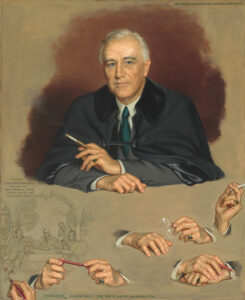 Indoors, I marked the day by taping a new postcard to the wall. It depicts FDR.
Indoors, I marked the day by taping a new postcard to the wall. It depicts FDR.
